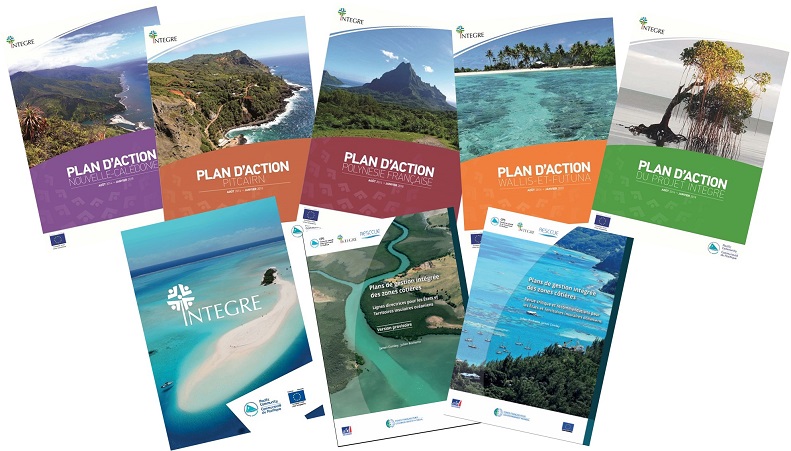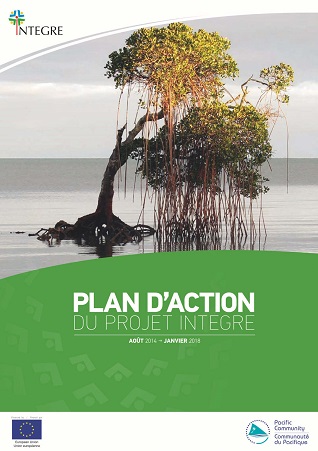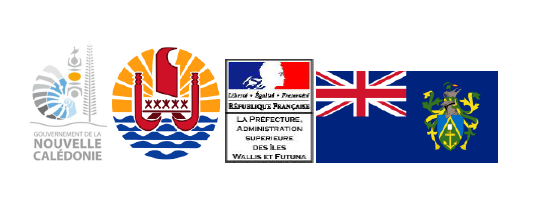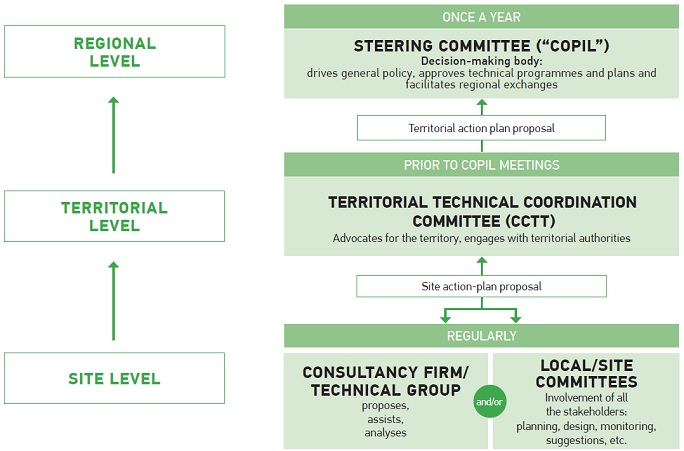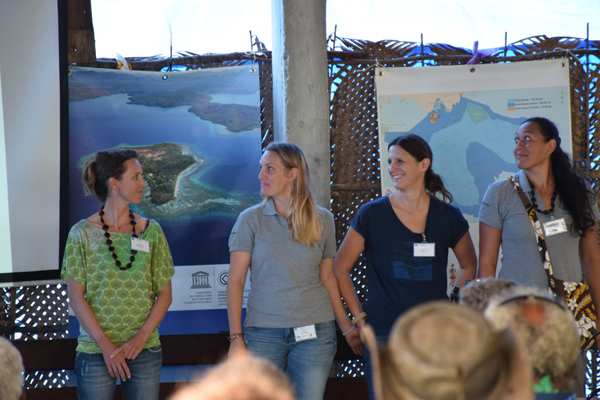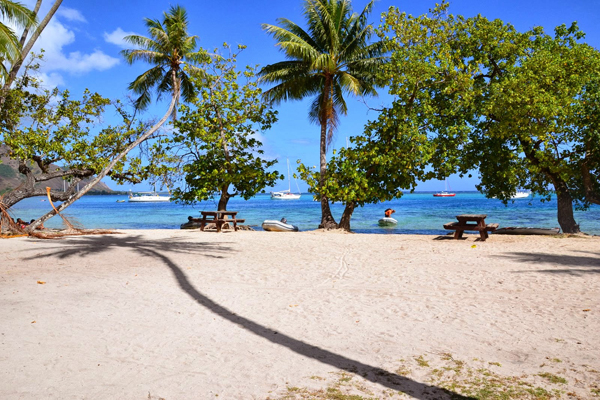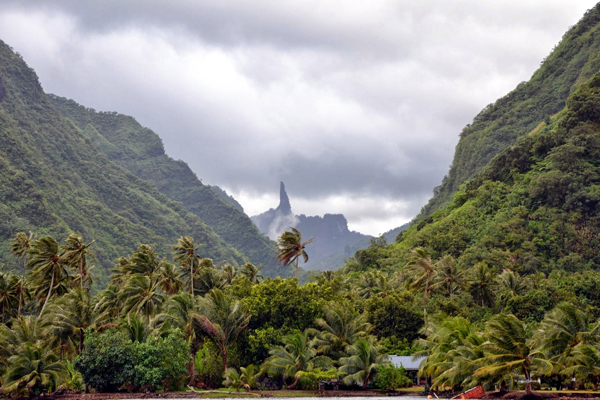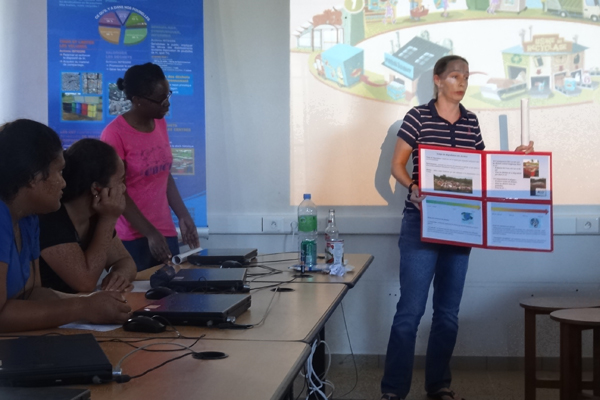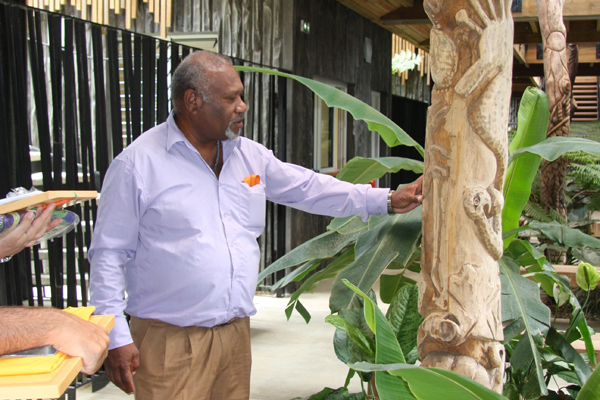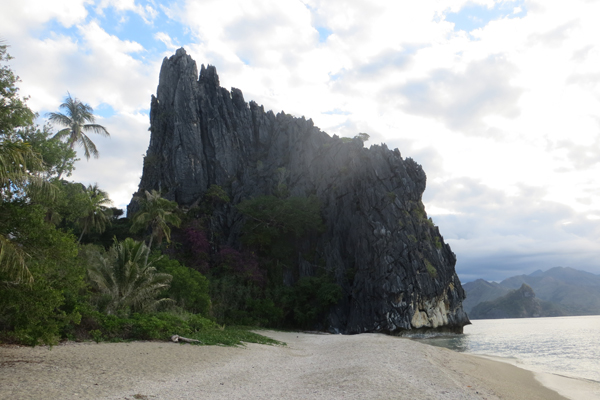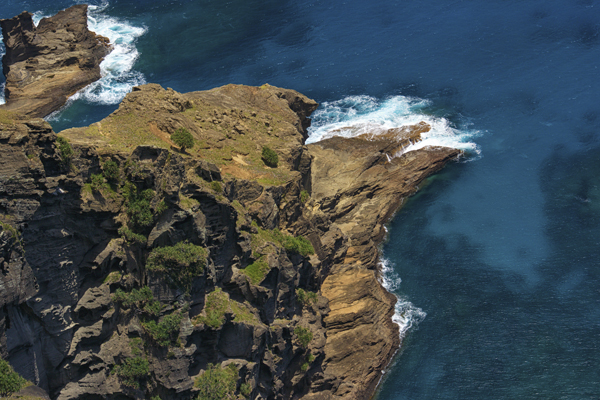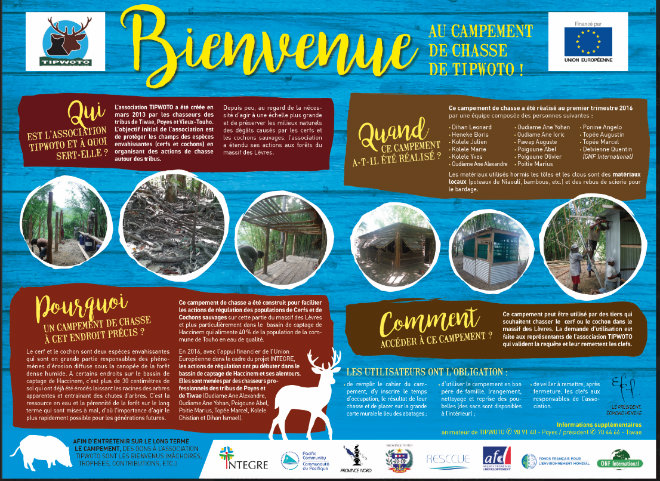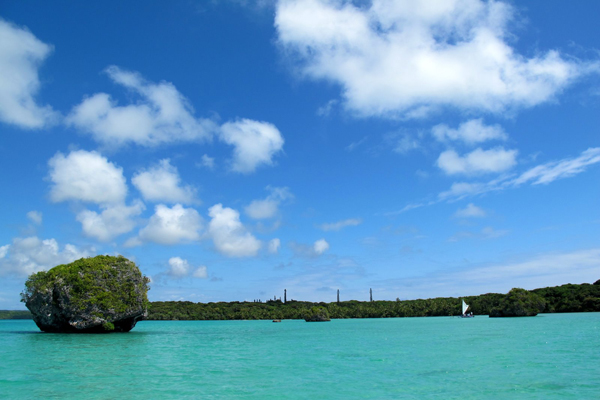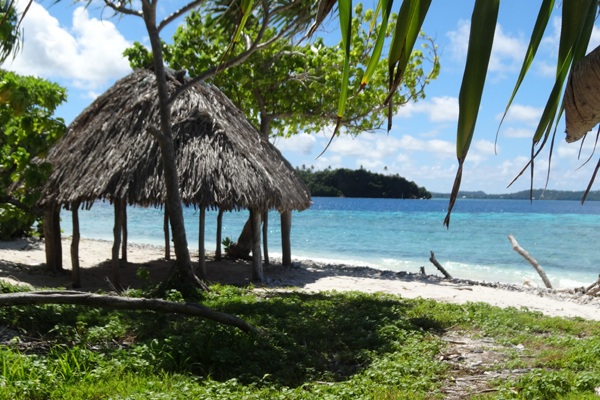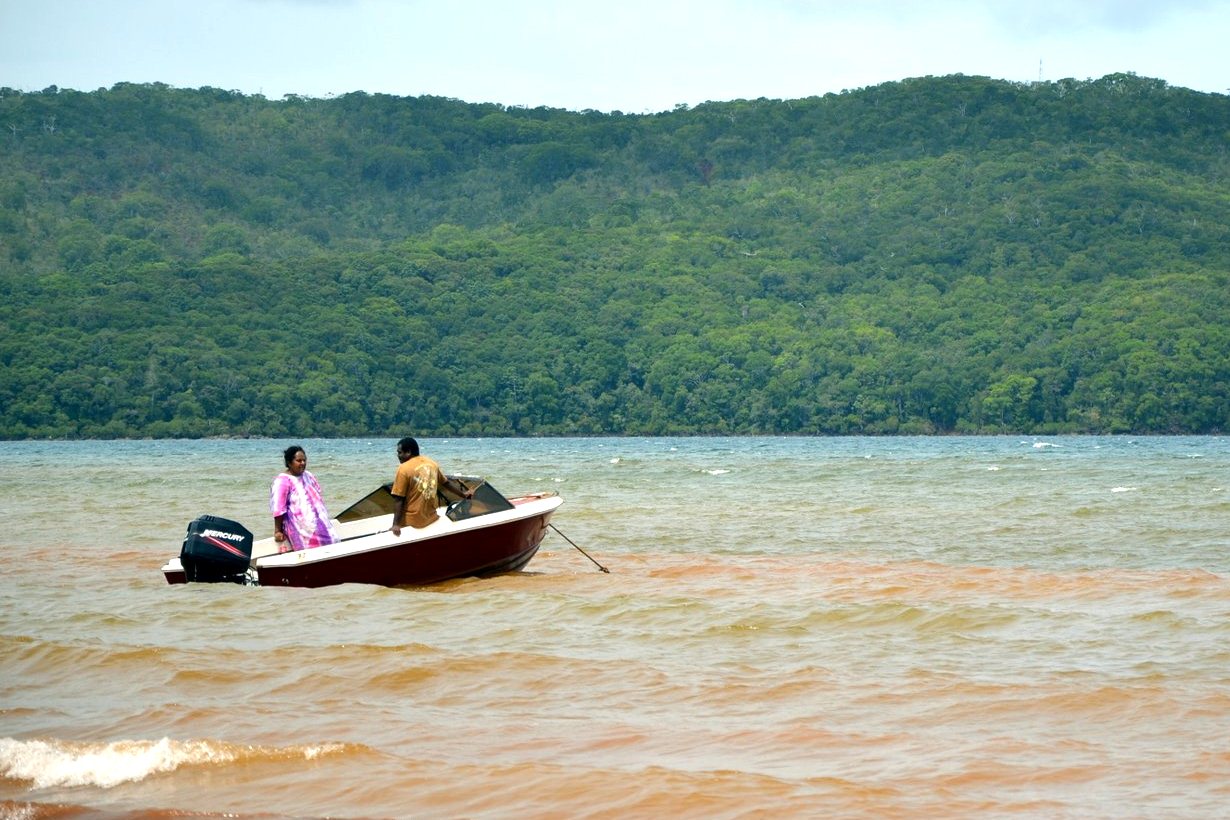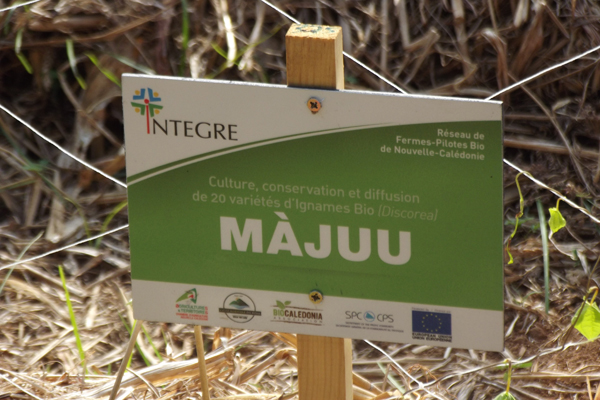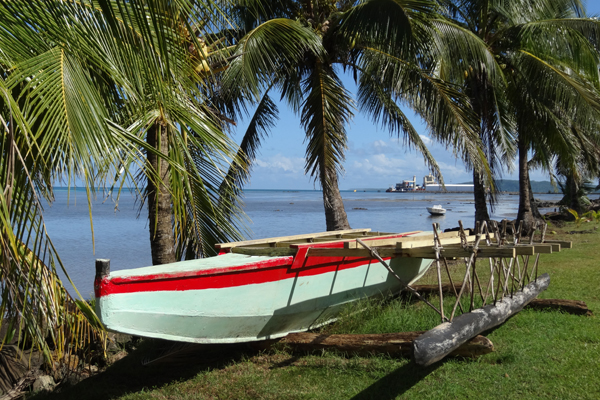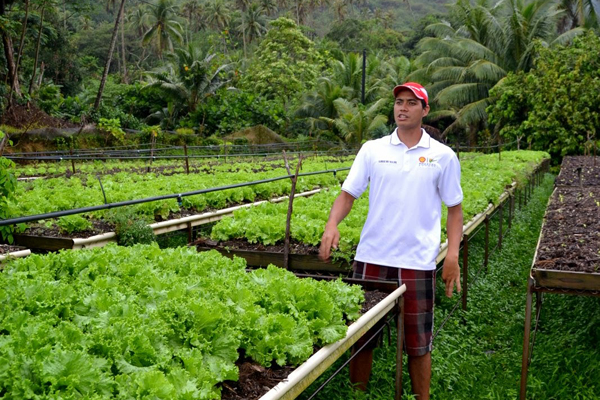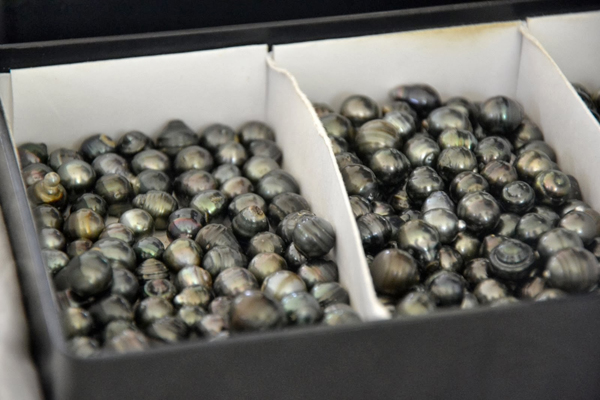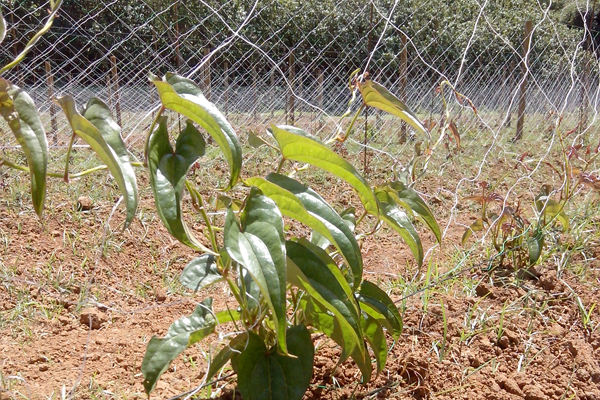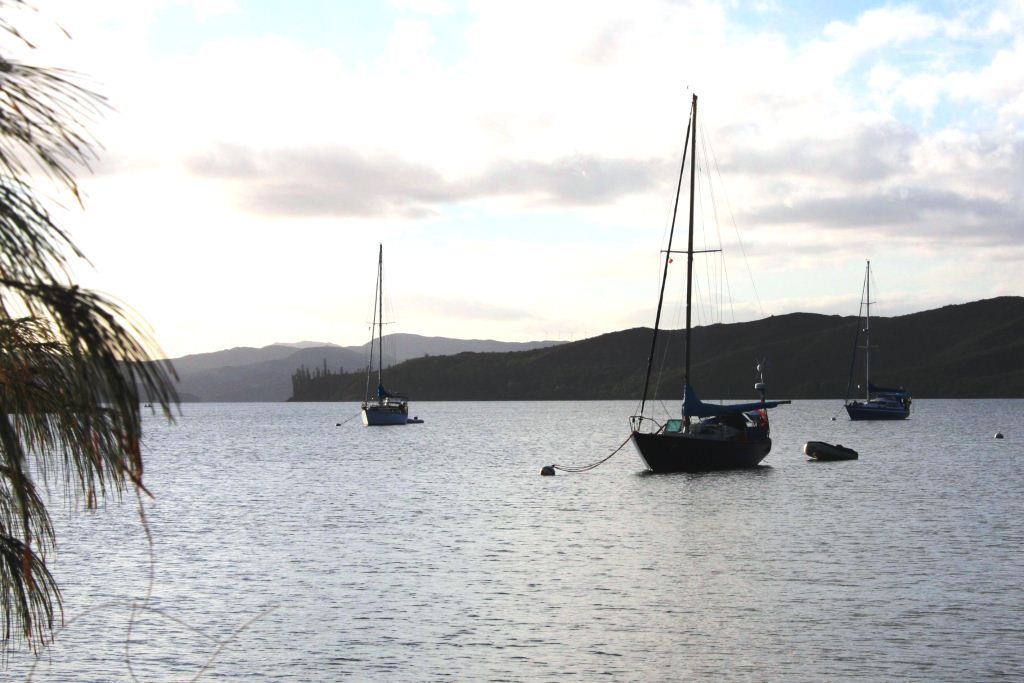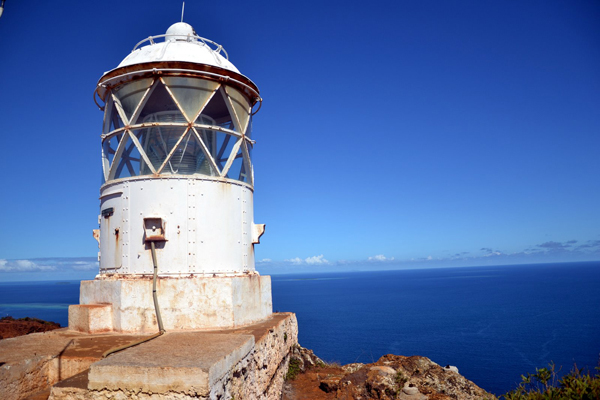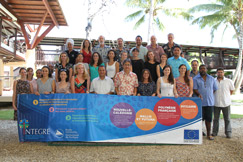The project
Support local initiatives, enhance their value throughout the Pacific and strengthen regional cooperation.
INTEGRE Action Plan

The INTEGRE project action plan presents the sustainable development projects that have been carried out with local actors in the four territories.
It was thus structured around two main components, a regional component and a local component.
These two components were strongly linked and sustained each other. The field experience conducted within the framework of component 2 with the implementation of action plans by site fed the regional reflection with concrete examples. The methods developed and the experiences carried out have been capitalised and valued on a Pacific scale.
Actions that are deeply rooted in the realities of each OCT have thus been supported by strengthened regional cooperation. The capitalisation of such experience has made it possible to assess the relevance of developing a method adapted to the Pacific islands.
Partners

INTEGRE's mission is to support local and territorial actions. Nine pilot sites, three in New Caledonia, three in French Polynesia, two in Wallis and Futuna and one in Pitcairn, were chosen by the territories to be the location for experiments or reinforcement of sustainable development projects based on integrated management and involving local stakeholders. These projects follow a framework, action plans, developed in close collaboration with local partners.
Project for the implementation of new forms of governance and a programme of development activities, it was developed and monitored by a large number of partners.
Project governance
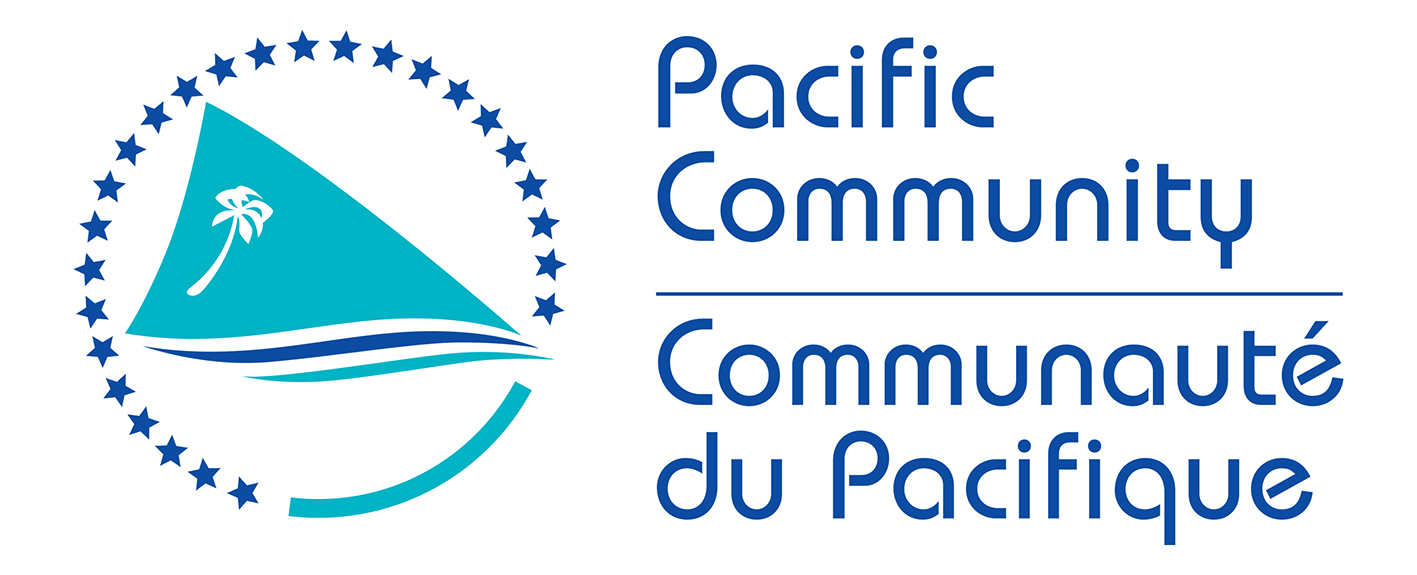 |
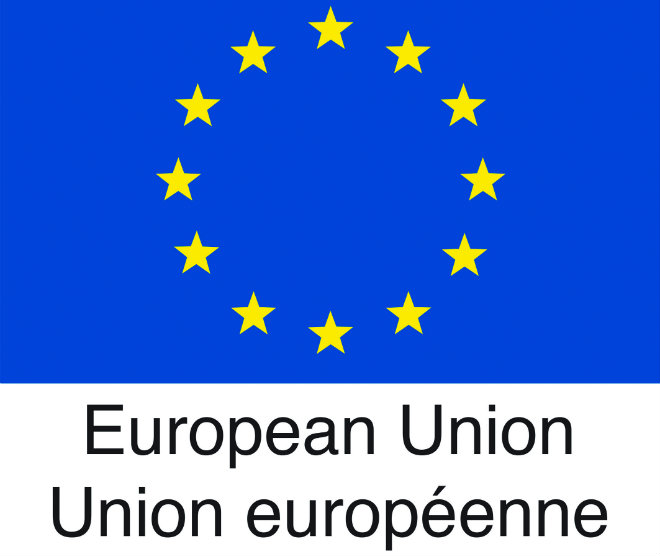 |
The overall governance of the project resulted from the conventions governing the project :
- Financing agreement signed between the European Union and French Polynesia on 25 March 2013. Extended by two amendments: an amendment n ° 1 of 12/04/2016 extending the period of operational implementation until 24/03/2018 and the execution period on 24/03/2020; an amendment n ° 2 of 24/08/2017 extending the operational implementation period of 24/07/2018 and the execution period to 24/07/2020.
- Contribution Agreement signed between the European Union and SPC on 28 August 2013. Extended by two amendments: an amendment No. 1 of 30/05/2016 extending the implementation period until 28/01/2018 and the execution period until 28/01/2020; a second amendment extending the implementation period until 28/06/2018.
It was validated at the second meeting of the Steering Committee (2014).
All Events
- 31 May 2018
Regional Actions
Présentation du projet INTEGRE au Sénat
L’équipe INTEGRE a présenté le projet au colloque sur la biodiversité du vaste Pacifique
- 30 May 2018
Regional Actions
Présentation du projet INTEGRE au sous-comité du CRGA de la CPS
L’équipe INTEGRE a présenté le volet régional "Réseau de fermes pilotes bio" dans les séances thématiques "Changement climatique et résilience / gestion des risques de catastrophe"
- 11 April 2018
Regional Actions
Présentation du projet INTEGRE au chef de la délégation de l'UE dans le Pacifique
A l’occasion de la visite officielle en Nouvelle-Calédonie de Monsieur Julian Wilson, chef de la délégation de l’UE dans le Pacifique, la CPS a invité les autorités et les partenaires de Nouvelle Calédonie à visiter l’exposition INTEGRE.
- 22 March 2018
Wallis and Futuna
Clôture du projet INTEGRE Wallis et Futuna
L’équipe INTEGRE de Wallis et Futuna a animée la réunion du 12eme Conseil Territorial de l'Environnement et du Développement Durable afin de dresser le bilan technique et financier des actions du projet.
- 15 March 2018
French Polynesia
Clôture du projet INTEGRE à Raiatea - Tahaa
L’équipe INTEGRE s’est rendue à la rencontre des partenaires du projet pour clôturer le projet sur le site pilote de Raiatea Tahaa pendant 3 jours.
